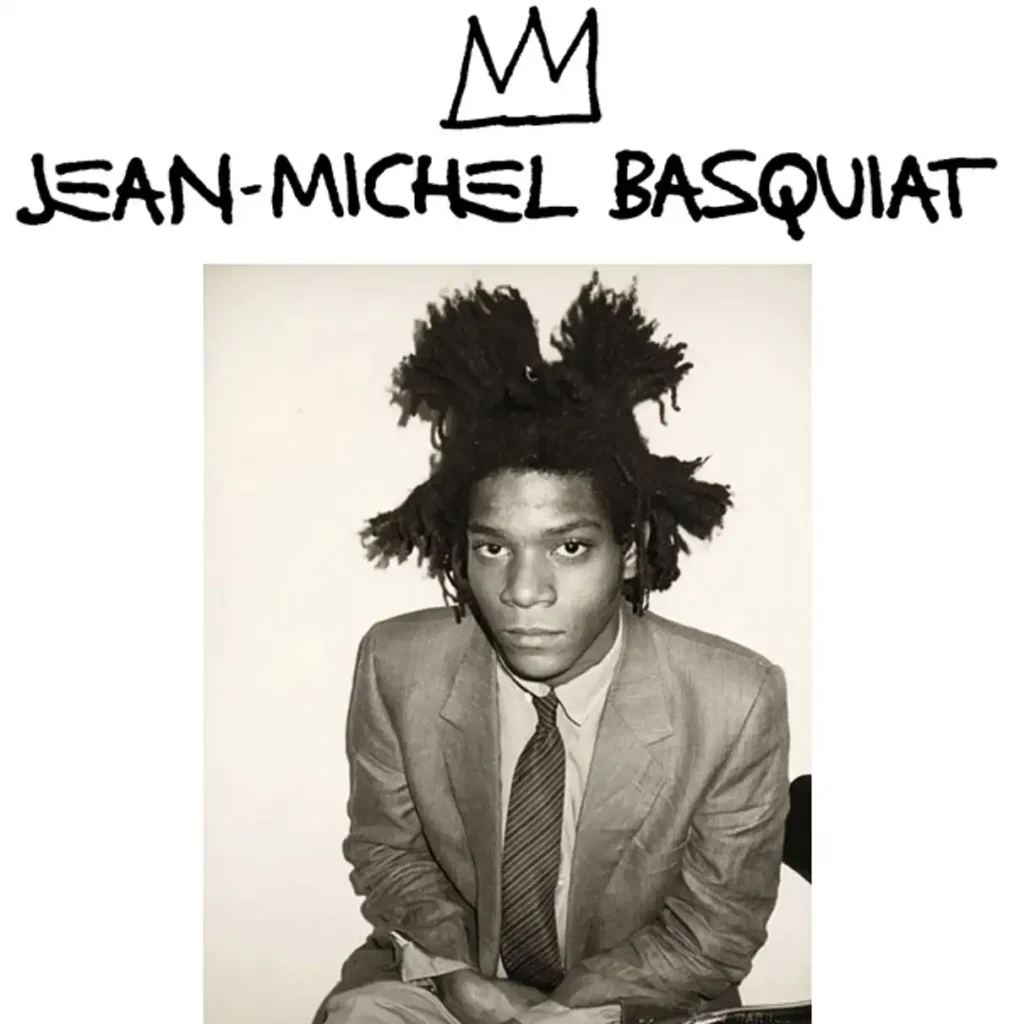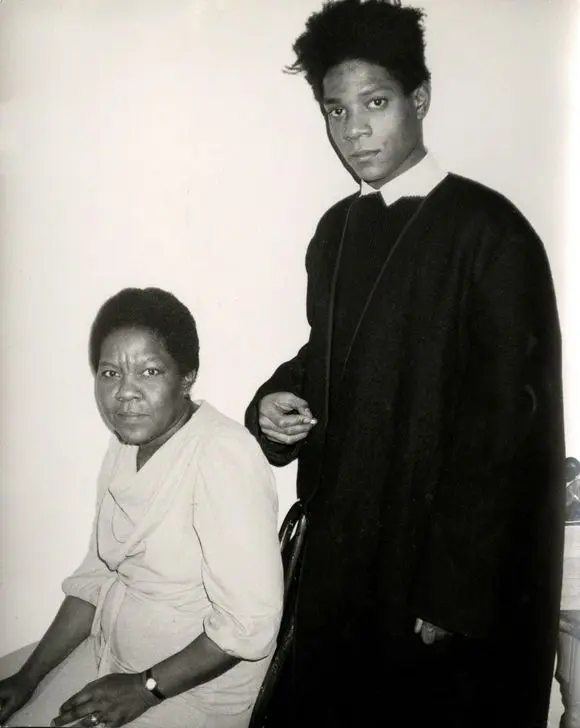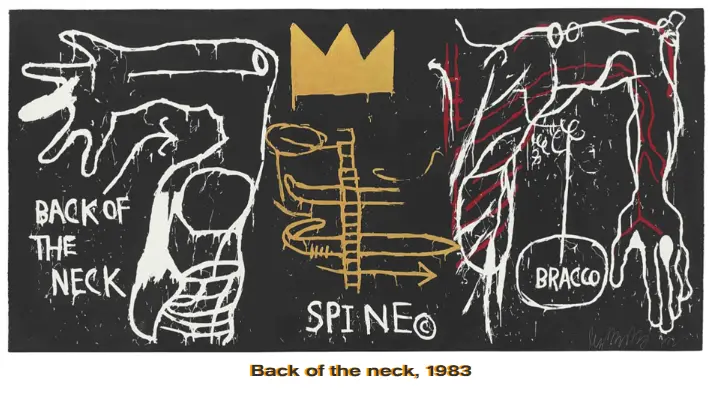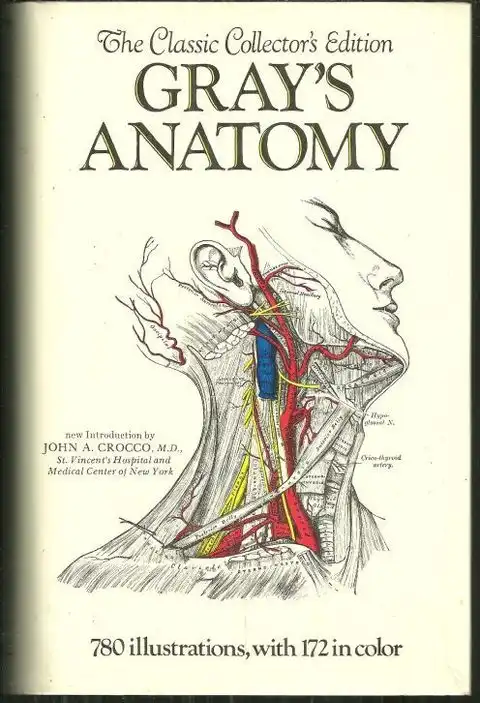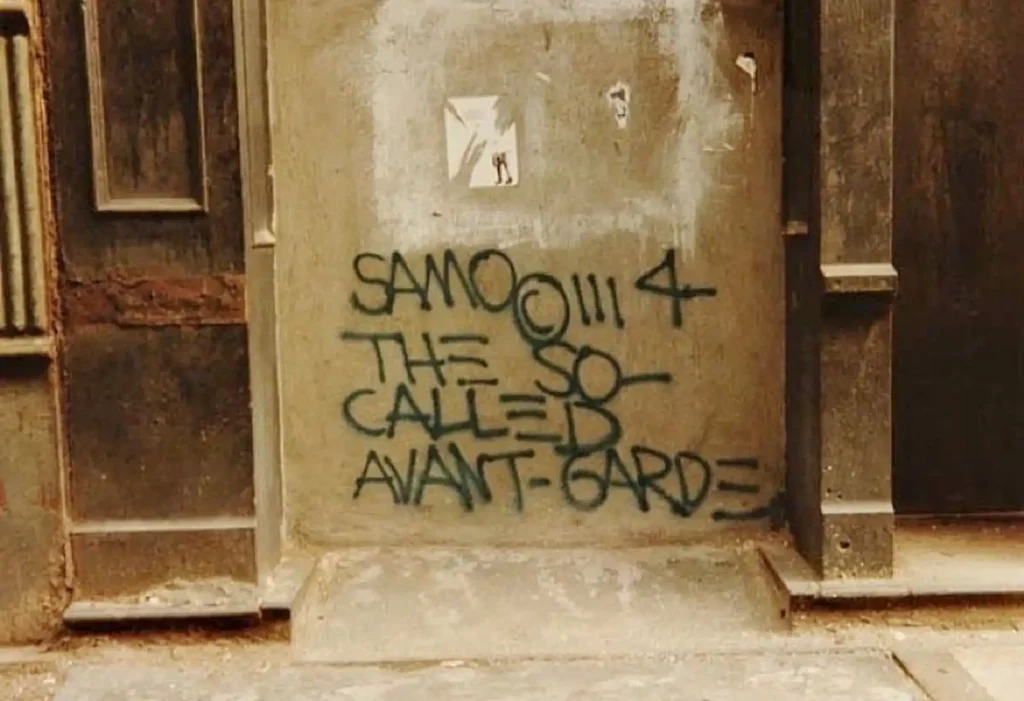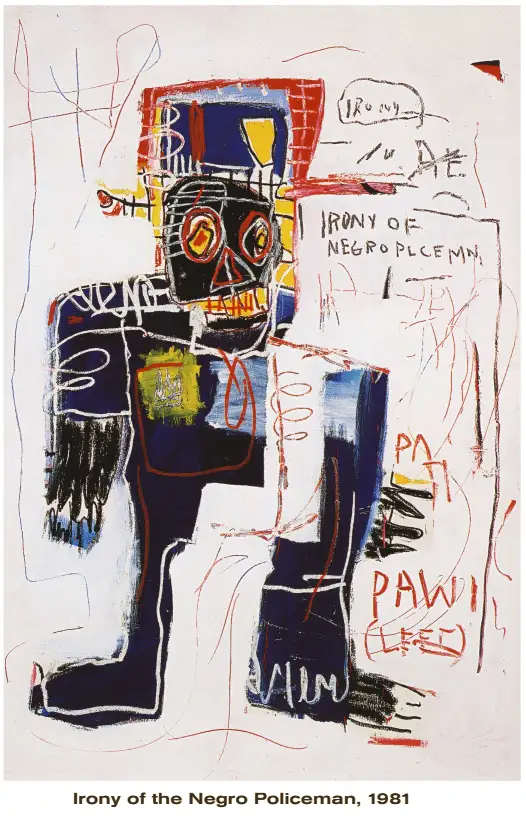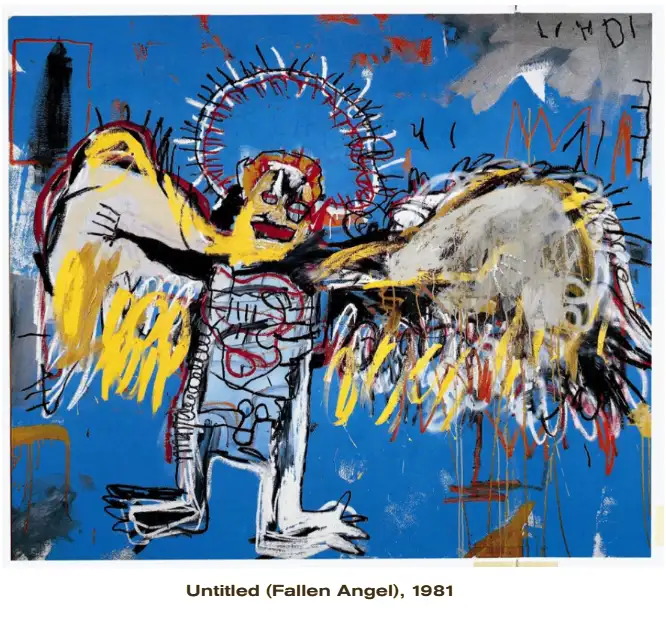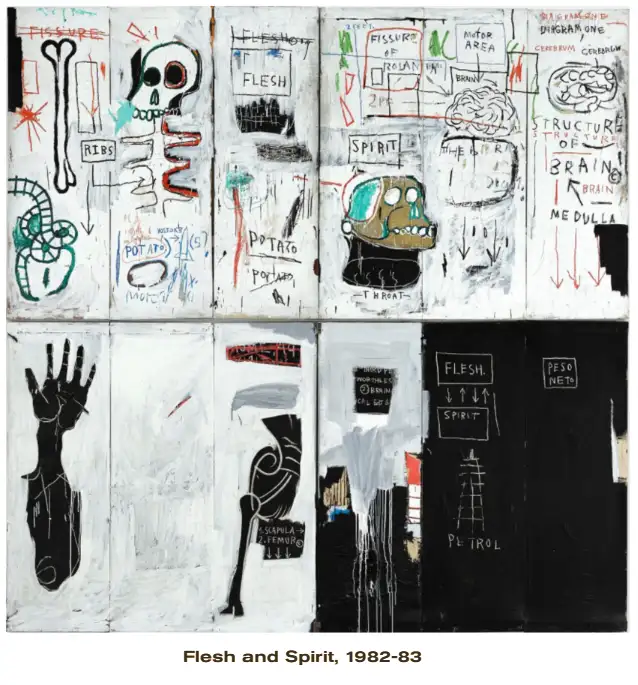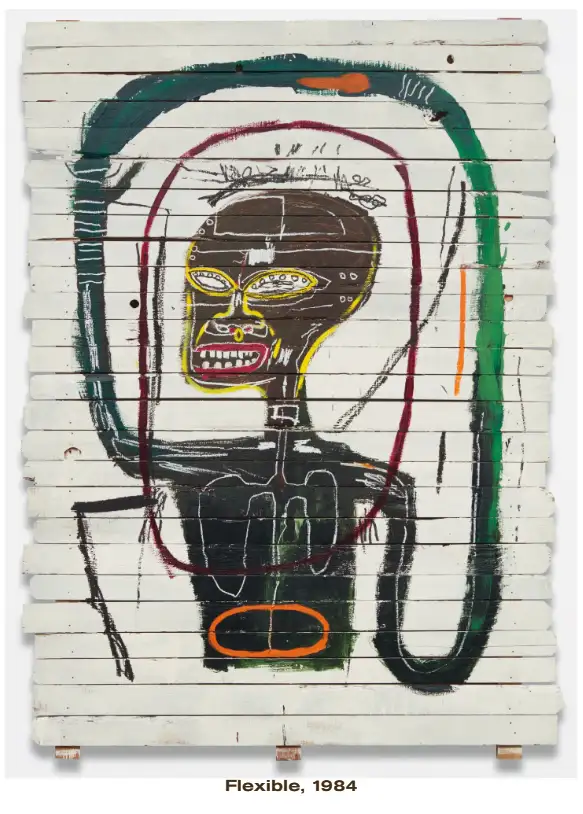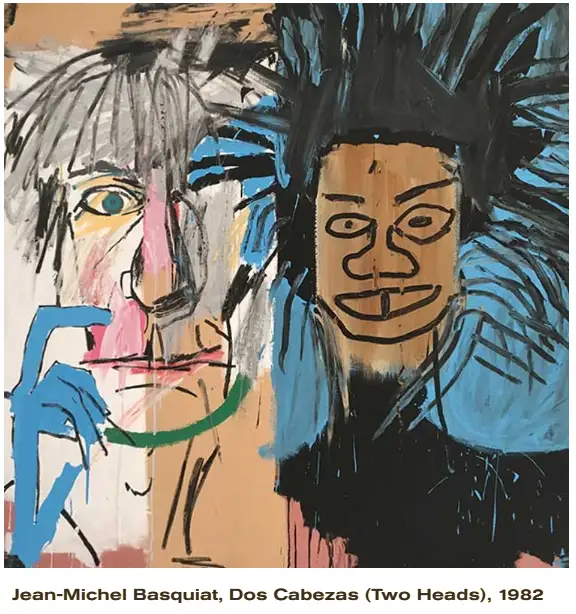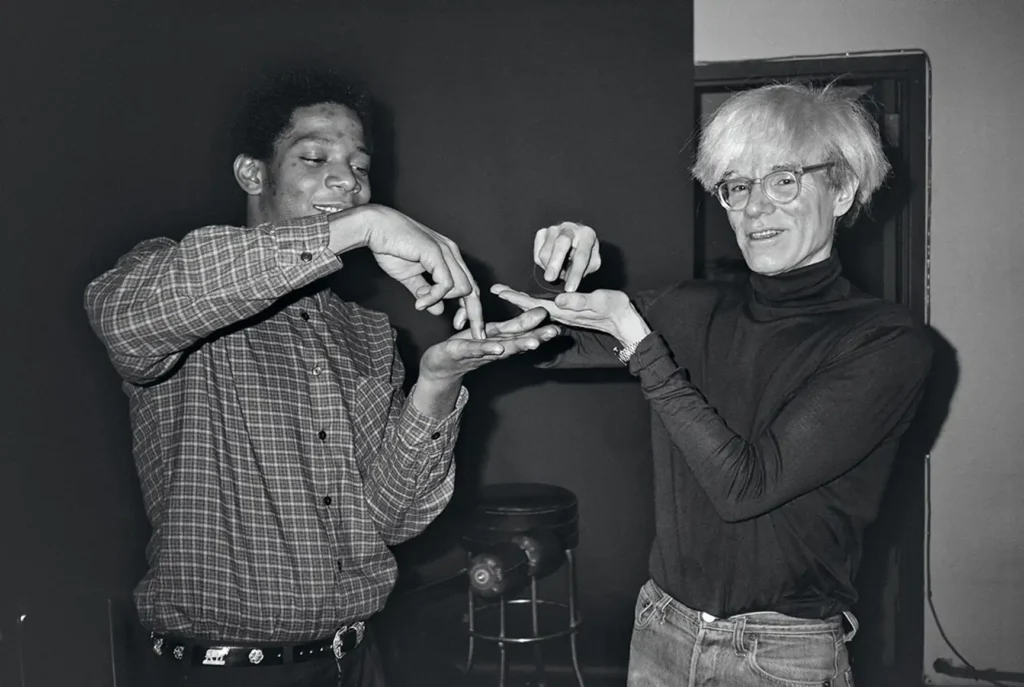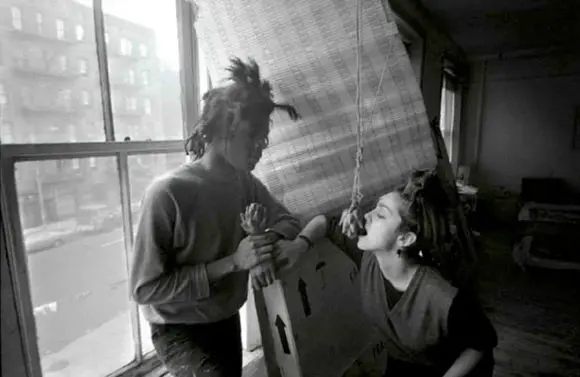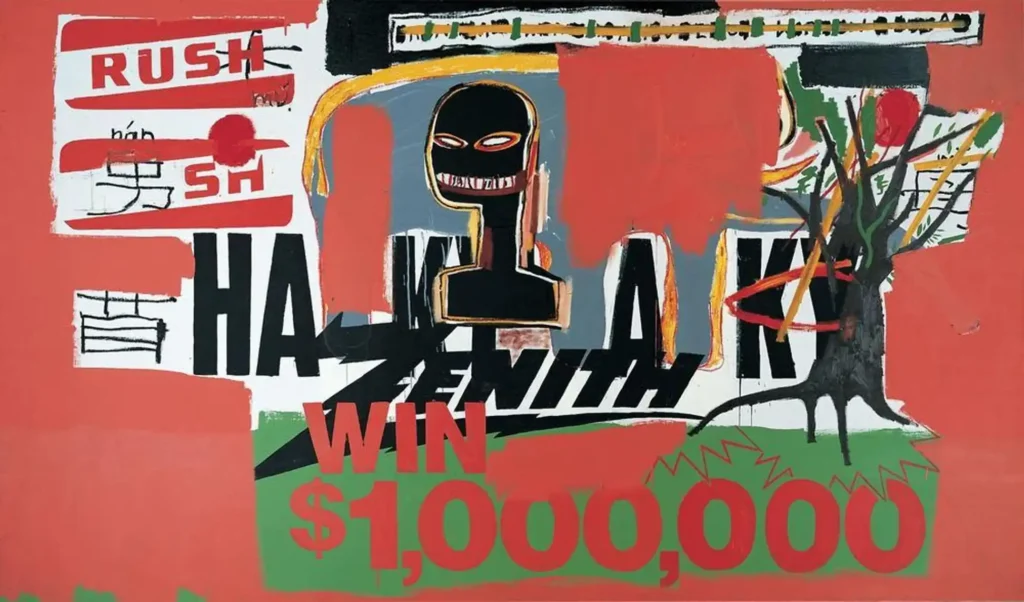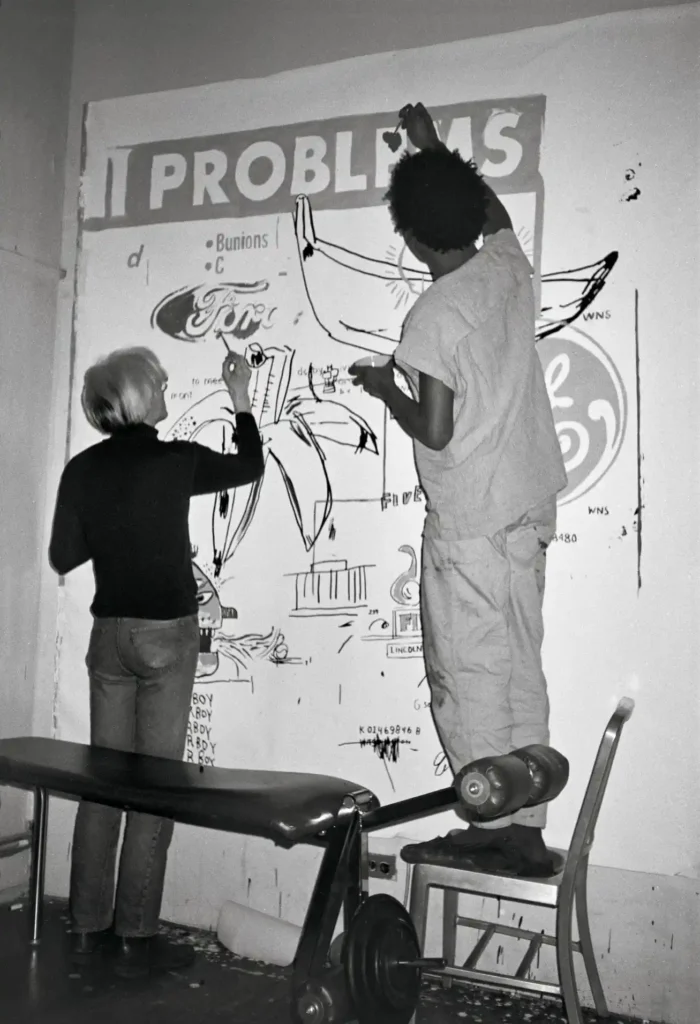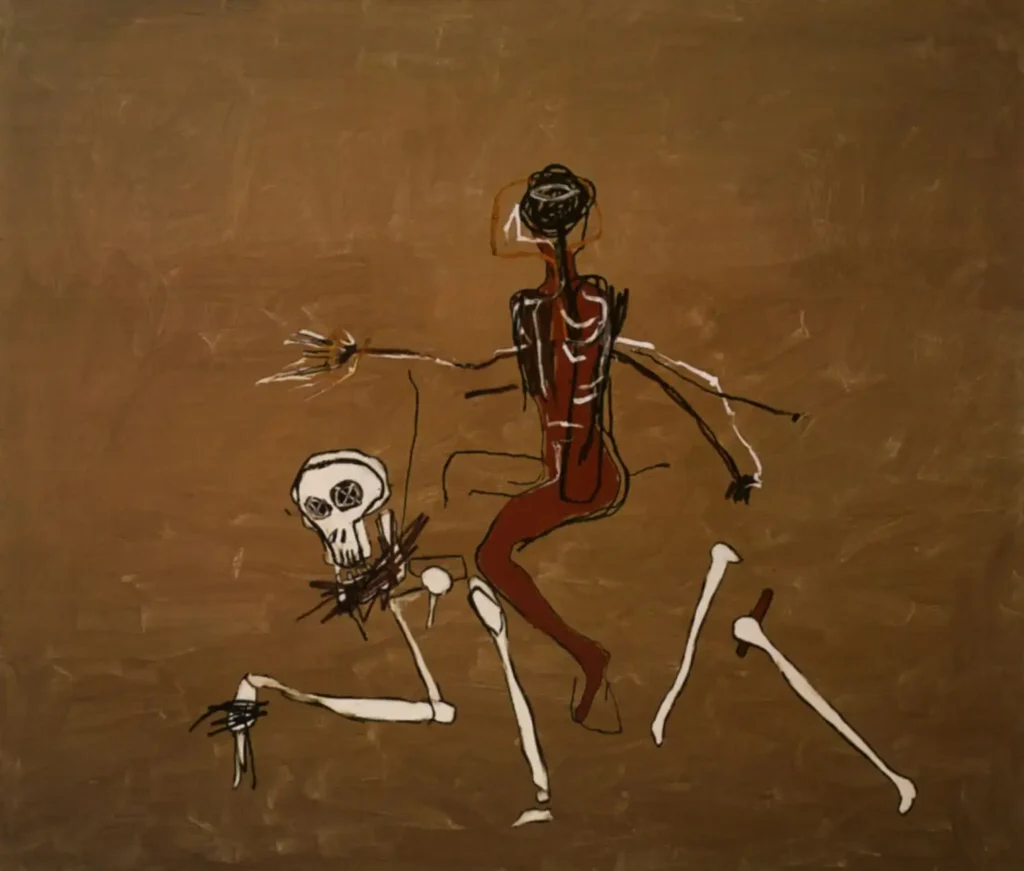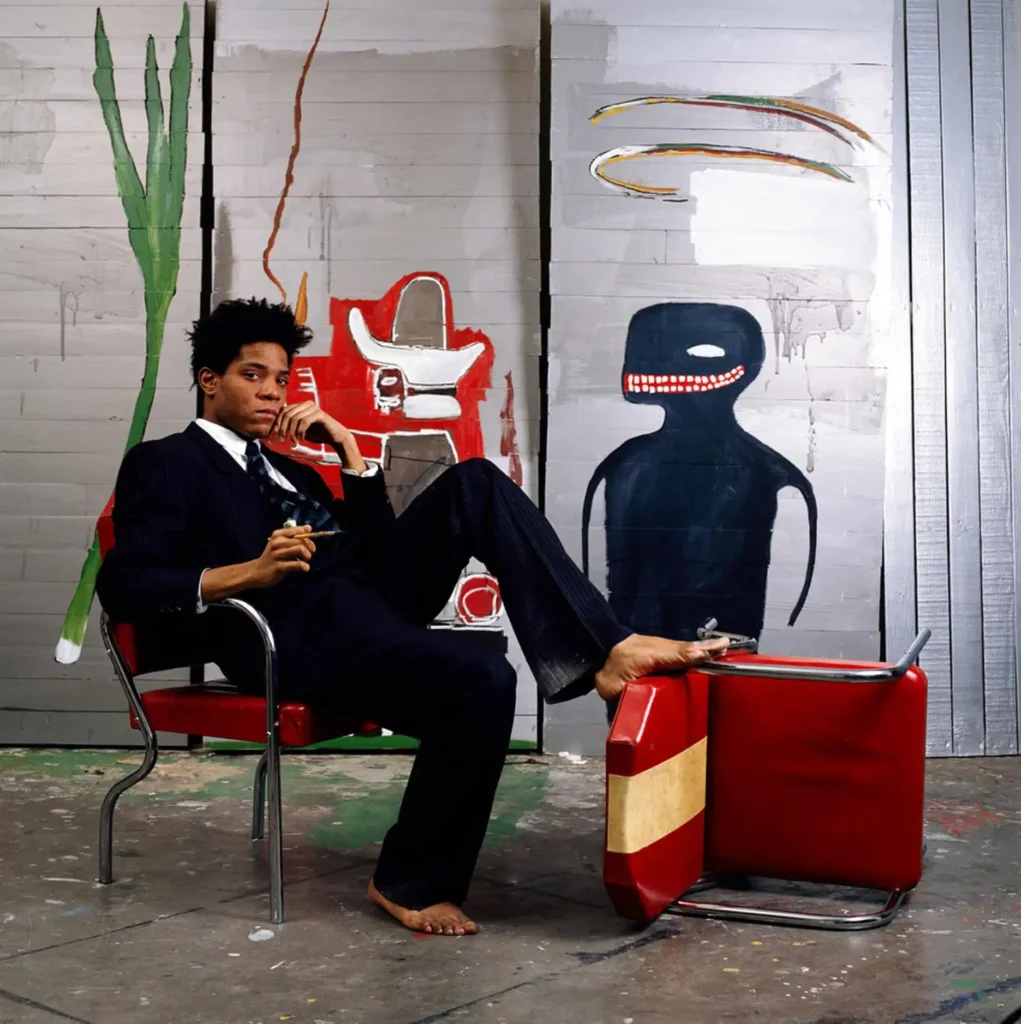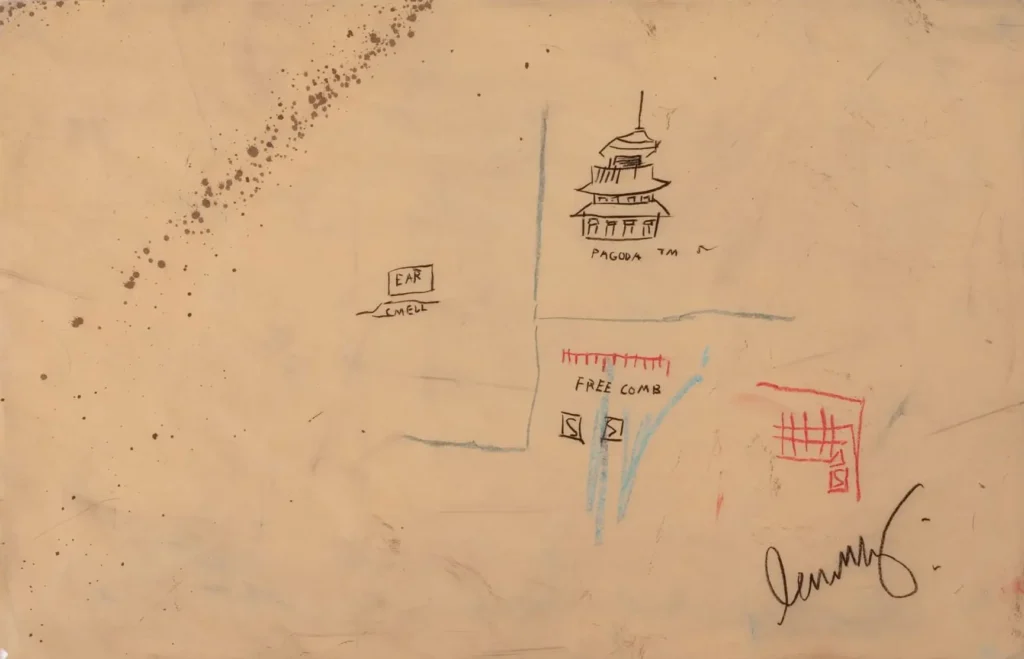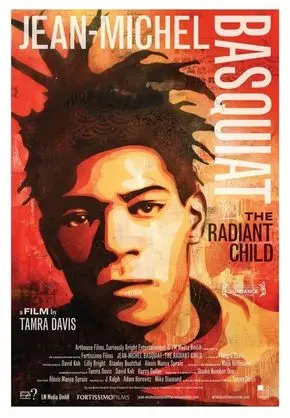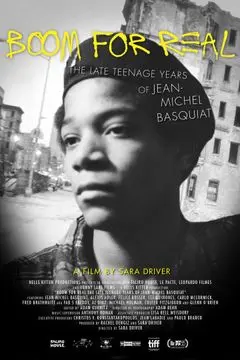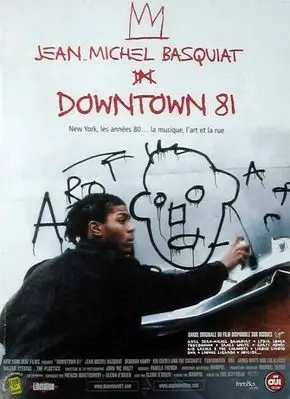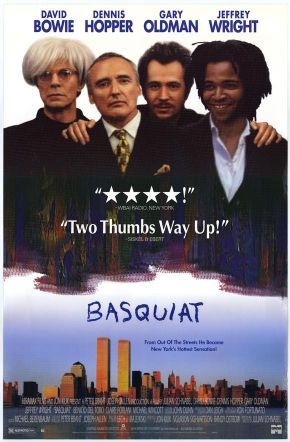‘Jean-Michel Basquiat Wearing an American Football Helmet’ (1981) by Edo Bertoglio; © VG Bild-Kunst Bonn, the estate of Jean-Michel Basquiat; licensed by Artestar, New York
Today we are seeing a surge in the Black Lives Matter movement and an increase in public interest in buying works by African-American artists. But this is only the second wave. The first started back in the 1960s and it’s associated with the name Jean-Michel Basquiat, the most famous and expensive graffiti artists of the late 20th century.
It is worth noting that Jean-Michel Basquiat was not the typical African-American of those years. Coming from a well-to-do middle-class family, he has been trilingual since childhood: he speaks Spanish, French and English, and in his spare time he goes to Manhattan art exhibitions with his mother.
At the age of seven, the boy is hit by a car. At that moment, his mother, coming to the interesting decision to explain to her son what is happening to him. She brings him to the hospital with the book Gray’s Anatomy, which will become central to Jean-Michel’s later work in many ways.
Growing up, Basquiat decides to leave his family and move on on on his own. He chooses to live a homeless lifestyle, but in so doing he gains the freedom that will set him on his artistic path.
By tagging walls with the acronym SAMO “same old shit” with text that translates the social mood of 70s-era New York, Basquiat’s graffiti is above all about words. This set him apart from the rest of his street artists.
For Basquiat, the flows that run parallel to his brushwork were important during his work: the music playing, the television running. The artist realises the energy that flows through him onto the canvas.
Already at the age of 20, he is internationally recognised for his powerful and expressive works that bring the viewer face to face with issues of racism and political and social inequality.
Basquiat challenged Western history by creating images celebrating black men as kings and saints. In many of his works the artist used the crown, which is a volatile symbol. At times it symbolised not glory at all, but a crown of thorns, emphasising that martyrdom often goes hand in hand with holiness.
The press dubbed him the “black Picasso”. In his lush colours and a certain primal nature of his drawings one could see the African art that Pablo Picasso was once so passionate about. So the comparison with Picasso was justified. However, Basquiat himself was too original and complicated for many conservative New York gallerists, who simply refused to work with him.
At his first solo exhibition, which took place in 1982, the artist was only 21, his paintings were completely sold out. He used crates, doors, windows and even refrigerators as canvases. Becoming staggeringly popular, the artist became part of the “celebrity crowd”. The artist also began appearing in music videos and on the cover of The New York Times Magazine.
In the 1980s he had a brief affair with Madonna. When the couple broke up, Basquiat forced Madonna to return all the paintings he had given her and painted over them with black paint.
Warhol’s death was a real tragedy for Basquiat. It was he perceived him as a close friend who did not communicate with him because of money and fame.Basquiat was utterly incapable of handling the money that had fallen on him. He never had a bank account, yet he wore Armani suits covered in paint.
Working 18 hours a day, Basquiat abused drugs. In 1988 the young genius died of a drug overdose. He was 27 years old, and like other iconic musicians who tragically died at that age, he joined the ranks of the Club 27. His last work was very symbolically called “Riding with Death” (1988).
An NFT of his work “Free Comb with Pagoda” (1986) was auctioned on the on the OpenSea marketplace and proposed to original destroyed. This idea of ‘deconstructing’ Basquiat’s original work provoked a flurry of negative reactions, after which it was decided to withdraw the painting from sale.

